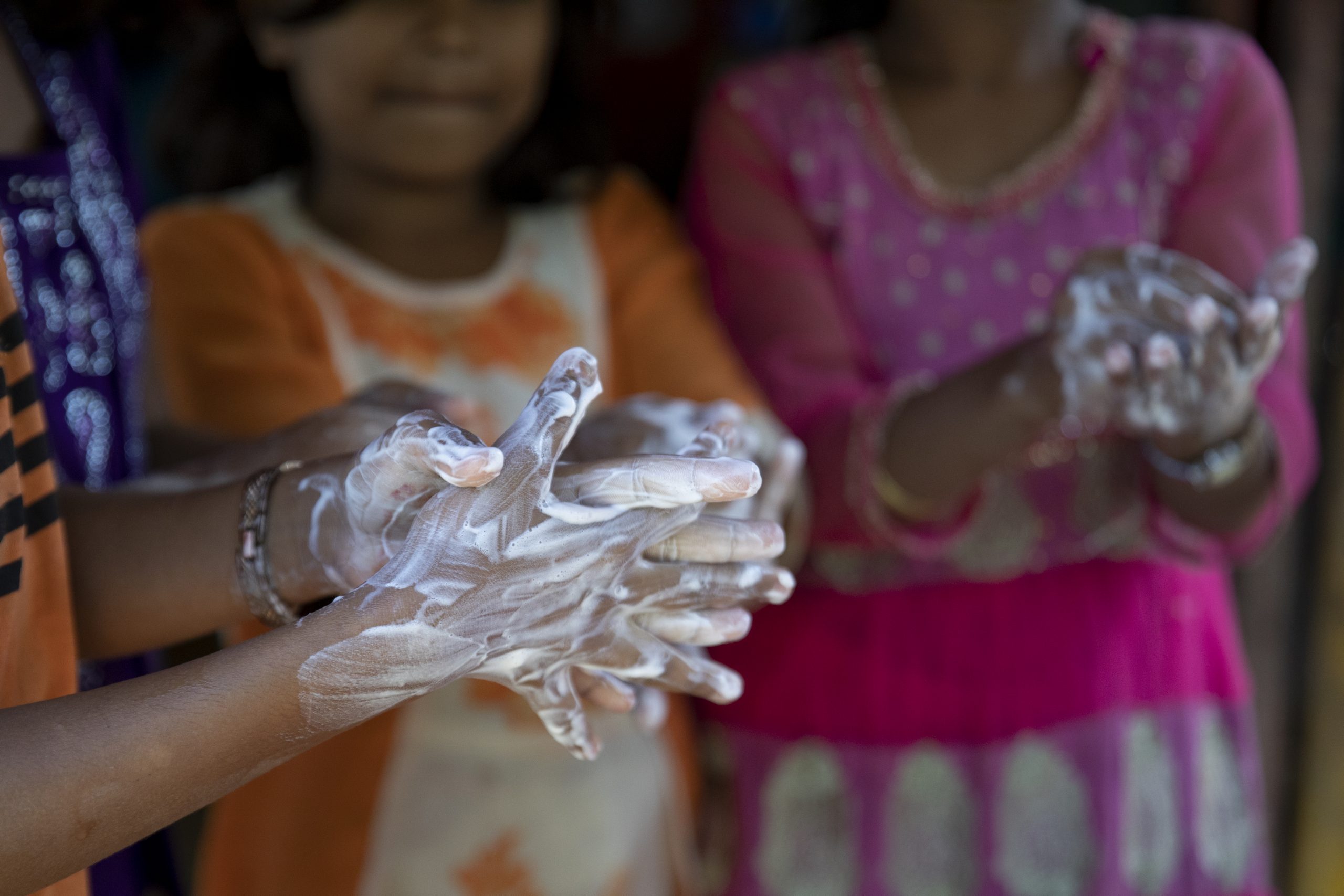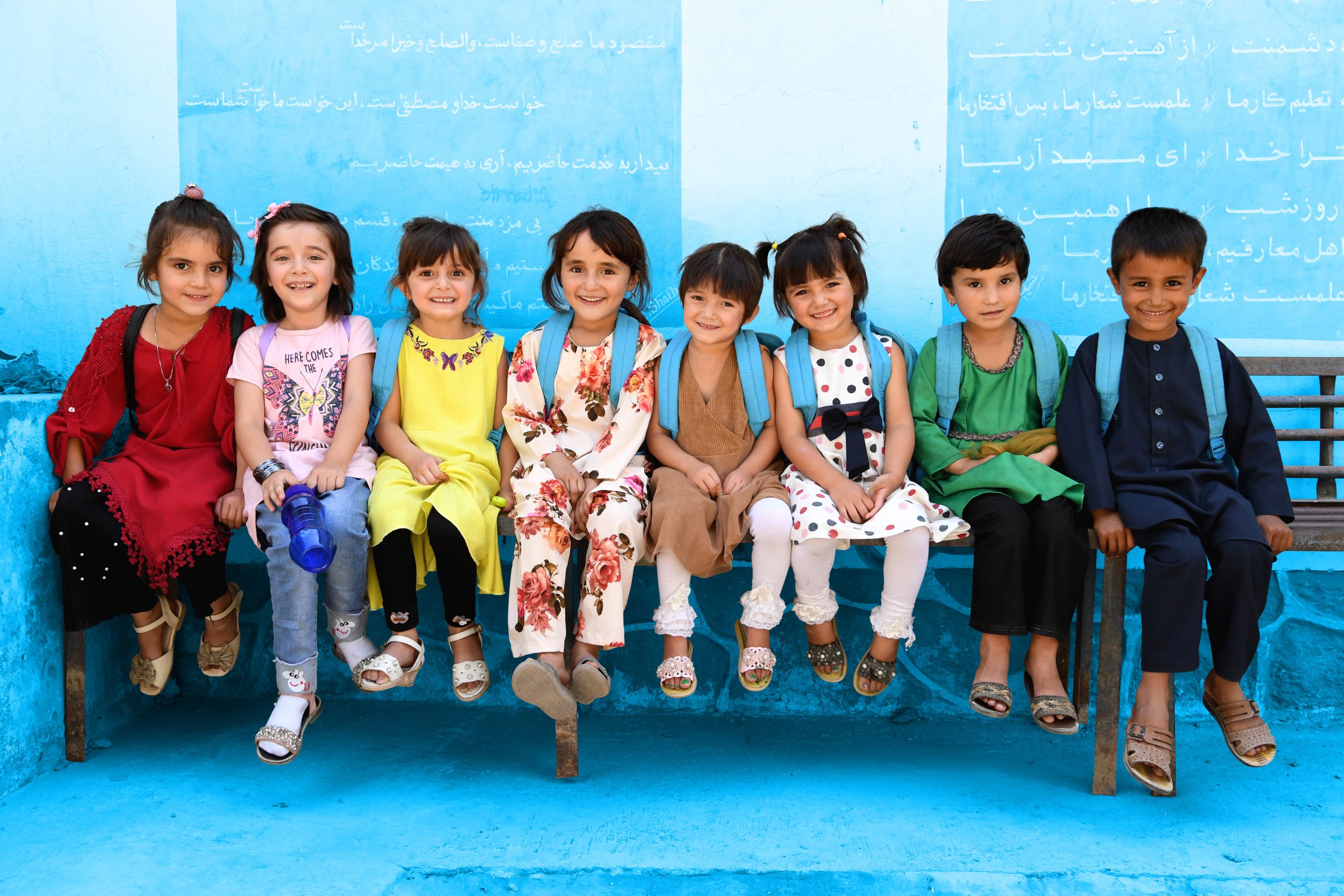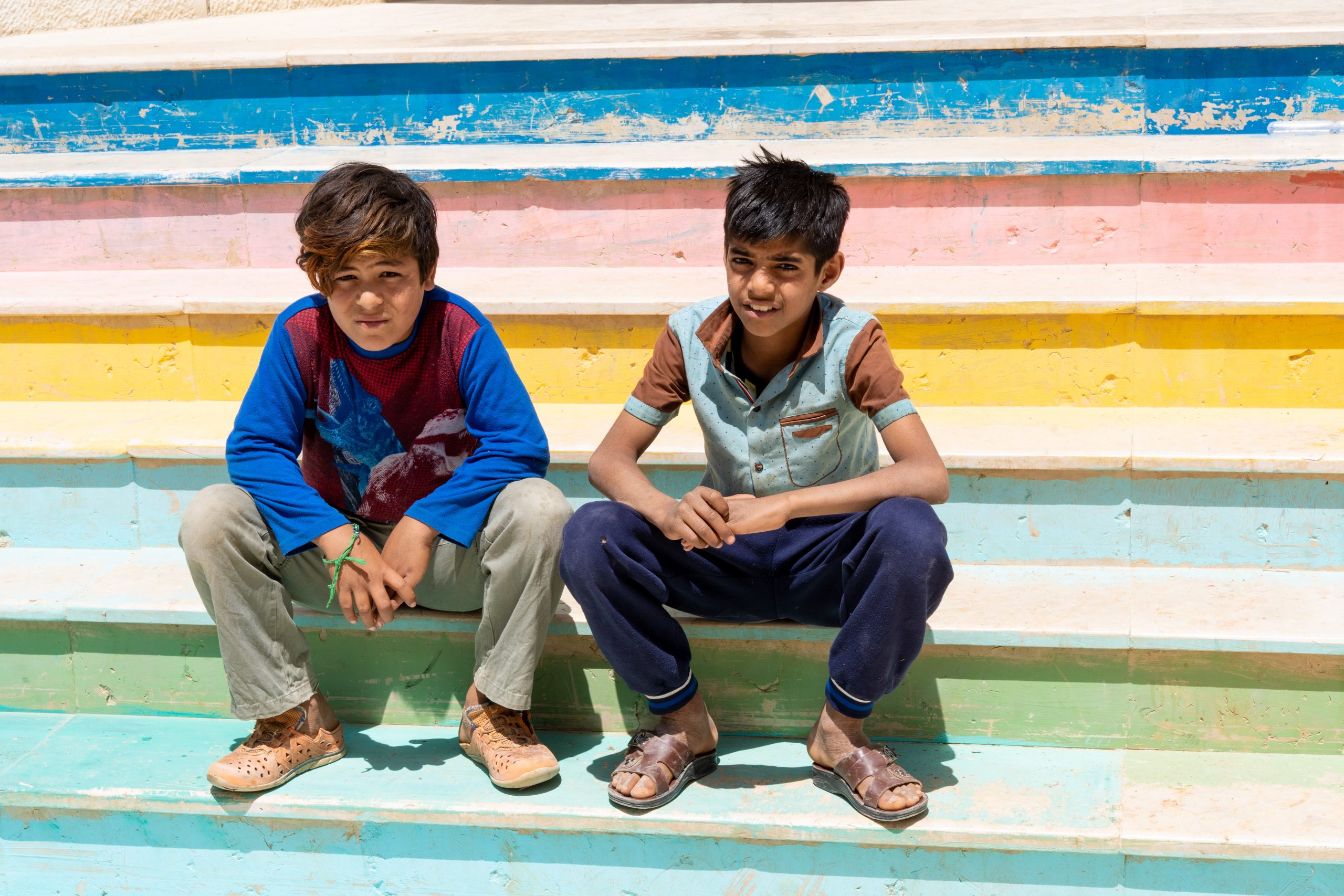
Children experience poverty differently from adults. Their needs, expectations, and aspirations are different. It is therefore important to directly assess their material shortcomings and deprivations, or measure their multidimensional poverty. Nevertheless, in the context of the current COVID-19 pandemic, as parents lose their jobs and sources of income, it is also important to measure what happens to children living in monetary poor and impoverished households.
This technical note, jointly written by UNICEF and Save the Children, assesses the impact of COVID-19 on the number of children living in poor households. The authors distinguish between two effects – the income change effect, or the average decline in income per person and the distribution effect. In the most pessimistic scenario, the current pandemic could increase the number of children living in monetary poor households by more than 142 million by the end of 2020, according to projections as of November 2020. This would bring the total number of children living in monetary poor households globally to just over 725 million.


